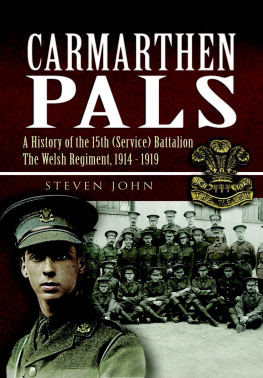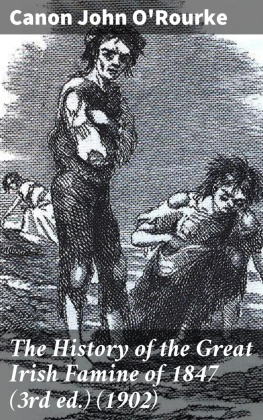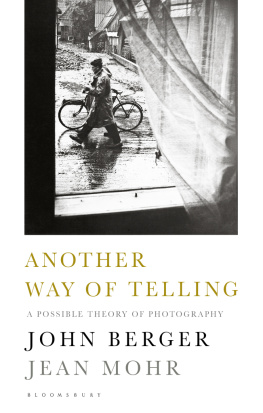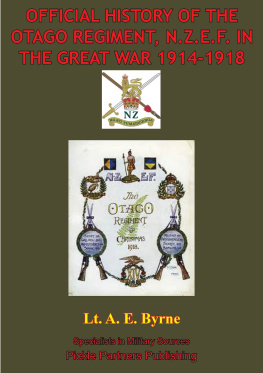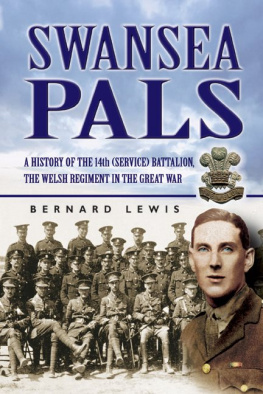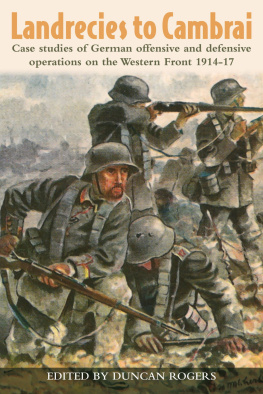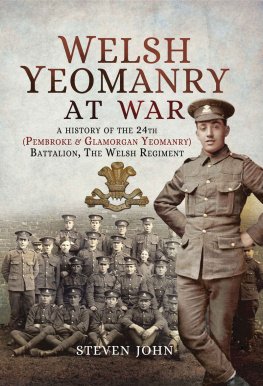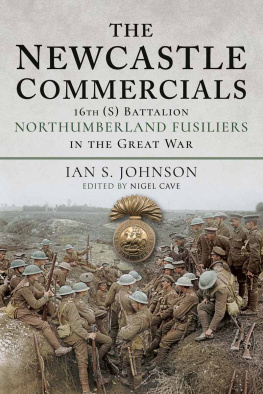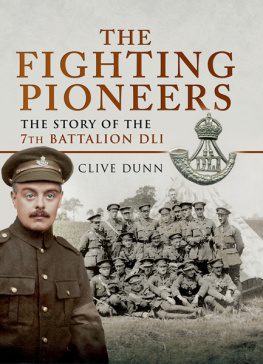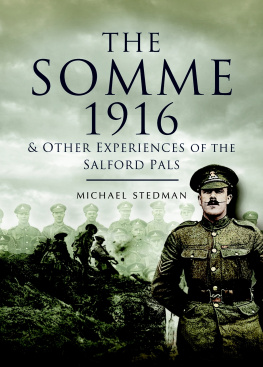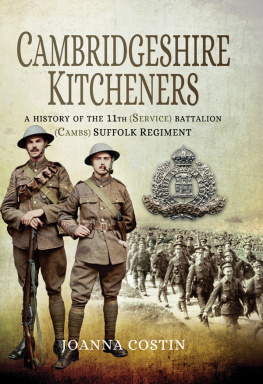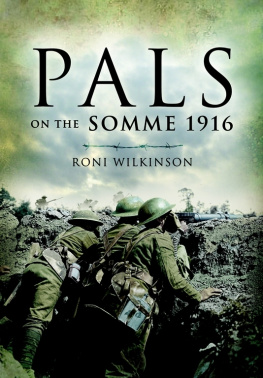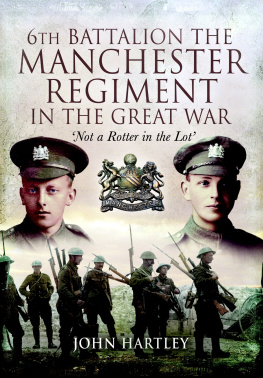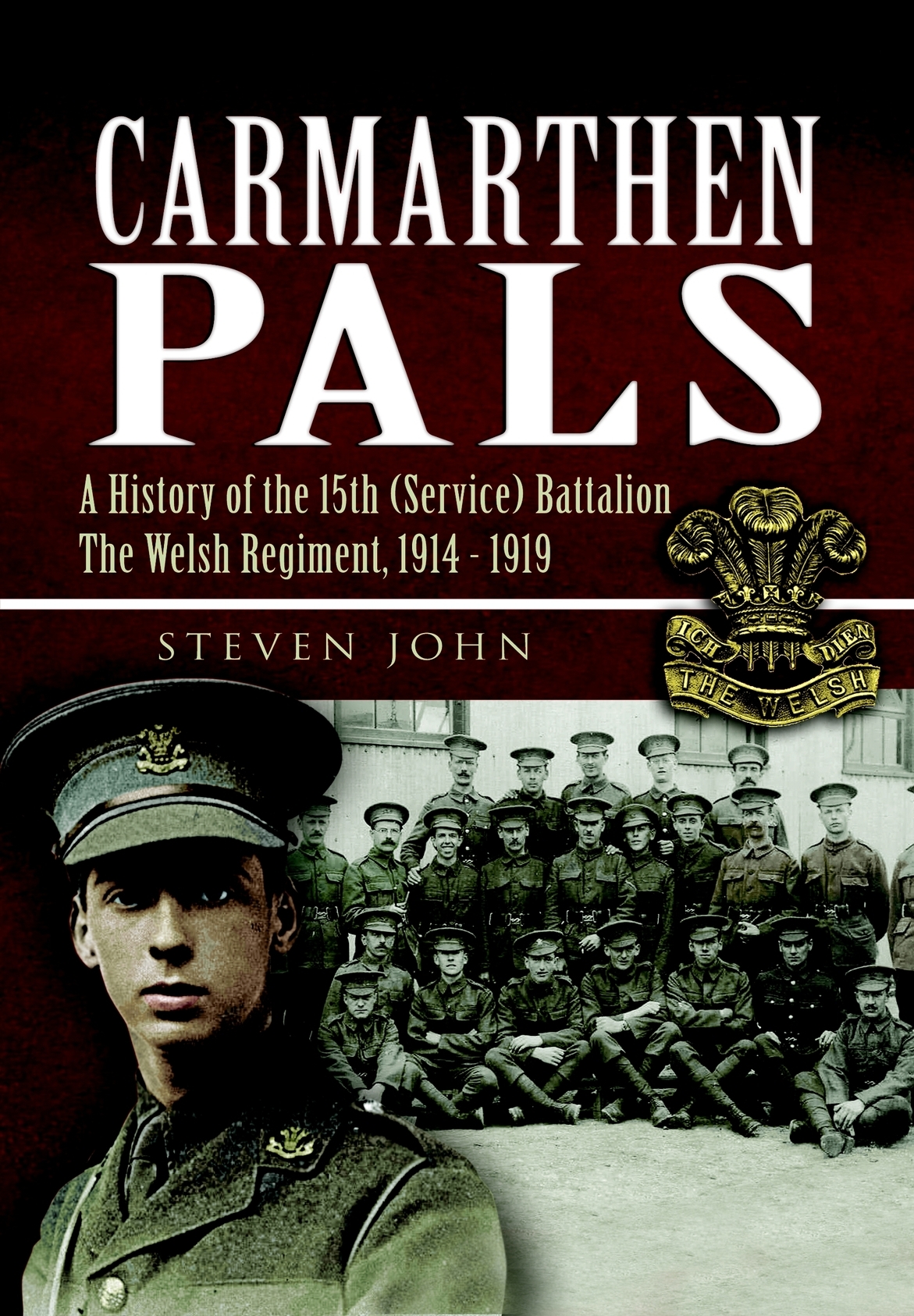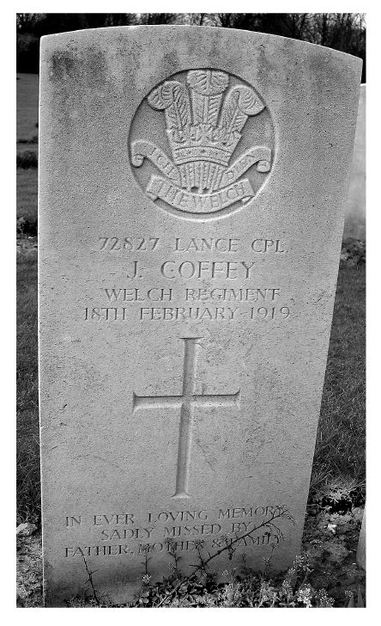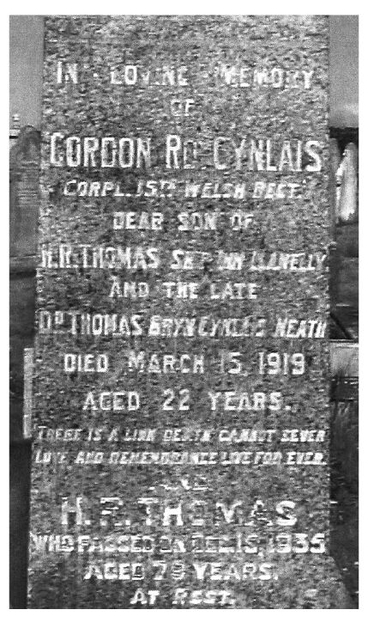Appendix I
Casualties of the 15th Welsh
From 25 August 1918 until the signing of the Armistice on 11 November 1918, the battalion, under the command of Lieutenant-Colonel Helme, DSO, took part in every engagement in which the 38th (Welsh) Division was involved, the most important of these being the capture of the Ancre, the capture of Morval, crossing of the Canal Du Nord, Gouzeaucourt, Villers Outreaux, Selle River crossing, and Mormal Forest.
Just during this final stage of the Great War, from the Battle of Albert on to final victory on 11 November 1918, its casualties amounted to forty officers and 900 other ranks killed and wounded. The 15th Welsh, the Carmarthen Pals, during the whole course of the war, had lost over 570 men dead by the signing of the Armistice, forty-four of whom were officers, with at least another seven men known from the battalion to die as a direct result of the war in the coming six months afterwards.
Over 1,121 men were listed as wounded in the Carmarthen Journal (1,420 in the Battalion War Diary), with a further forty-three men missing, some of whom are included in the figure of over 560 dead, as their fates were discovered after the war. Five men died in 1915, 122 in 1916, 162 men in 1917, 273 men in 1918 and four men in 1919, making a total of 568 men known to have died with the 15th Welsh, including those who died after the war had ended, and those who had moved to different units. Of these men, twenty-eight had died of sickness, 134 had died of wounds, and the remaining 400 plus had been killed in action. Over eighty of these men were from the Bolton area, almost one hundred from Carmarthenshire, and eighteen from Pembrokeshire. There were many men from Glamorgan, some from Shropshire and Cheshire, a few from Scotland and even one man from Canada. Over 160 of these men have no known graves, and are commemorated on the various war memorials on the Western Front. One man is on the Cambrai Memorial, two are on the Ploegsteert Memorial, five are on the Pozieres Memorial, sixty-four are on the Thiepval Memorial, twenty-three are on the Tyne Cot Memorial, forty-one are on the Vis-en-Artois Memorial and twenty-six men are commemorated on the Menin Gate Memorial at Ypres.
Burials are scattered throughout the Western Front and back in Britain. 150 men are either buried or commemorated in Belgium, 388 in France, one man in Germany and twenty-six in Britain (thirteen in England and thirteen in Wales). The average age of the men who died was twenty-five years old. The youngest casualty was just sixteen, and the eldest was forty-two.
The last man of the battalion to have died in France was Lance Corporal James Coffey, the Son of James and Emma Coffey, of 7, Clint Road, Edge Hill, Liverpool. He had enlisted on 12 June 1917 at Liverpool, where he worked as a postman. James had joined the battalion on the Somme on 5 April 1918, and was wounded just two days later, returning to duty a month later. James had been temporarily attached to the Royal Engineers on postal duties, and on the night of 18 February 1919 he was lighting an acetylene gas generator aboard the Cologne Mail Train when it exploded. A fragment of the exploding gas generator struck James in the head, and he died instantly. James was buried at Terlincthun British Cemetery, Wimille. The Court of Enquiry harshly deemed his injuries, and thus his subsequent death to have been self-inflicted.
Private Gordon Richard Cynlais Thomas was the second last man of the 15th Welsh to die as a result of the Great War, and the last Carmarthenshire man of the battalion to have been recognised as a casualty of war by the Commonwealth War Graves Commission. He was the son of David Thomas, of the Ship Inn, Llanelli, and was just twenty-two years old when he died on 15 March 1919.
Other men were to die in the years to follow, but are not recognised as war casualties in the official sense, but their wounds, both physical and mental, left deep scars which remained with the men for the rest of their lives.
Interestingly, out of the original number of officers who became part of the 15th Welsh at Rhyl, during the formation of the Battalion, several were to be killed in action whilst in the service of the Royal Flying Corps, or Royal Air Force as it was later to become. The Royal Flying Corps had originally been formed on 18 May 1912. At the outbreak of the Great War it was realised that aircraft would be an essential part of modern warfare, and so it was rapidly expanded in size. As a result, many adventure seeking young officers volunteered for service, and were transferred from the Army as a result, training as pilots or observers. The former 15th Welshmen to die with the Flying Services were; Lieutenant Reginald Burgess, Second Lieutenant Godfrey Benjamin Joseph Firbank, Lieutenant Gwyn Arthur Griffiths, and Lieutenant William Bertram Protheroe. Several officers also died with other Army Battalions [The details on these men are to be found in the Nominal Roll of Officers, in Appendix IV].
Lance Corporal James Coffey. Last man of the battalion to die in France.
The grave of Private Gordon Richard Cynlais Thomas at Box Cemetery in Llanelli.
Some of the other ranks who died with other Battalions after initially serving with the 15th Welsh were:
Private Michael Cavanagh originally served with the 15th Welsh with the regimental number 19903. He was another of the Bolton men, the son of John and Sarah Cavanagh, of 11, Garden Street, Chorley, Lancs. Michael transferred to the 2nd Battalion, Leinster Regiment, and was killed in action at the Battle of Messines, on 9 June 1917. He has no known grave, and is commemorated on the Ypres (Menin Gate) Memorial. He was just nineteen years old.
Private Alfred Fogg was another Bolton man, the son of Richard and Martha Ellen Fogg, of 158, Deane Road, Bolton. Alfred originally served with the 15th Welsh with the regimental number 20977, but transferred to the 2nd Battalion, South Lancashire Regiment. Alfred was killed in action during the Battle of the Lys, on 10 April 1918. He was just twenty years old, and has no known grave, and so is commemorated on the Ploegsteert Memorial.
Private William Edward Pearson was another of the Bolton contingent, and was the son of James and Annie Pearson, of Halliwell, Bolton. He originally served with the 15th Welsh with the Regimental Number 20875, but transferred to the 2/4th Battalion, South Lancashire Regiment. William was twenty-six years old when he was wounded during the Battle of the Hindenburg Line, and he died as a result on 6 October 1918. He is buried at St. Sever Cemetery Extension, Rouen.
Private James Thomas Price was the son of William and Phoebe Price, of Treleddidfawr, St. Davids, Pembrokeshire. He had originally served with the 15th Welsh with the number 20991, but later transferred to the 8th Battalion, South Lancashire Regiment. James was killed in action during the latter stages of the Battle of the Somme, on the south bank of the River Ancre on 1 October 1916. He was twenty-seven years old, and is commemorated on the Thiepval Memorial.
Private Henry John Rowlands , was from the Rhondda, and had originally enlisted there into the 10th Welsh. He must have been one of the original batch of men from the 10th Welsh that was sent to help form the 15th Welsh, with Henry being allotted the service number 22281. He later transferred into the 13th Battalion of the Tank Corps, and was killed in action during the first few weeks of the German Offensive on the Lys, on 25 April 1918. Henry is commemorated on the Tyne Cot Memorial.

